
A Safer Tool for Operations: 3D Scans for Technical Tasks
November 04, 2025
Continue reading ➔

The Missing Layer of O&M Systems: Visual Scans
October 07, 2025
Continue reading ➔
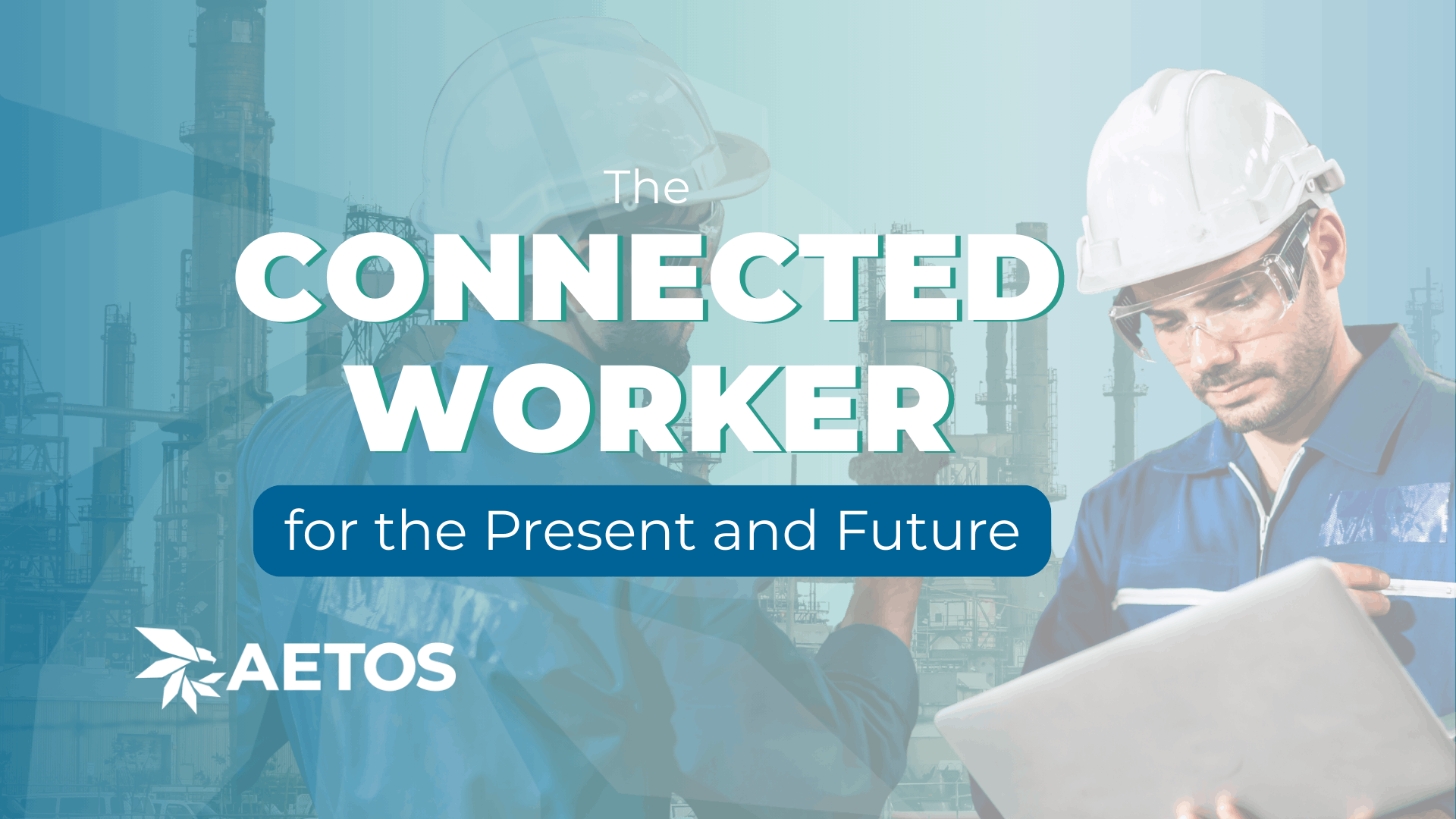
The Connected Worker for the Present and Future: Why Southern Company is Using Aetos
September 04, 2025
Continue reading ➔
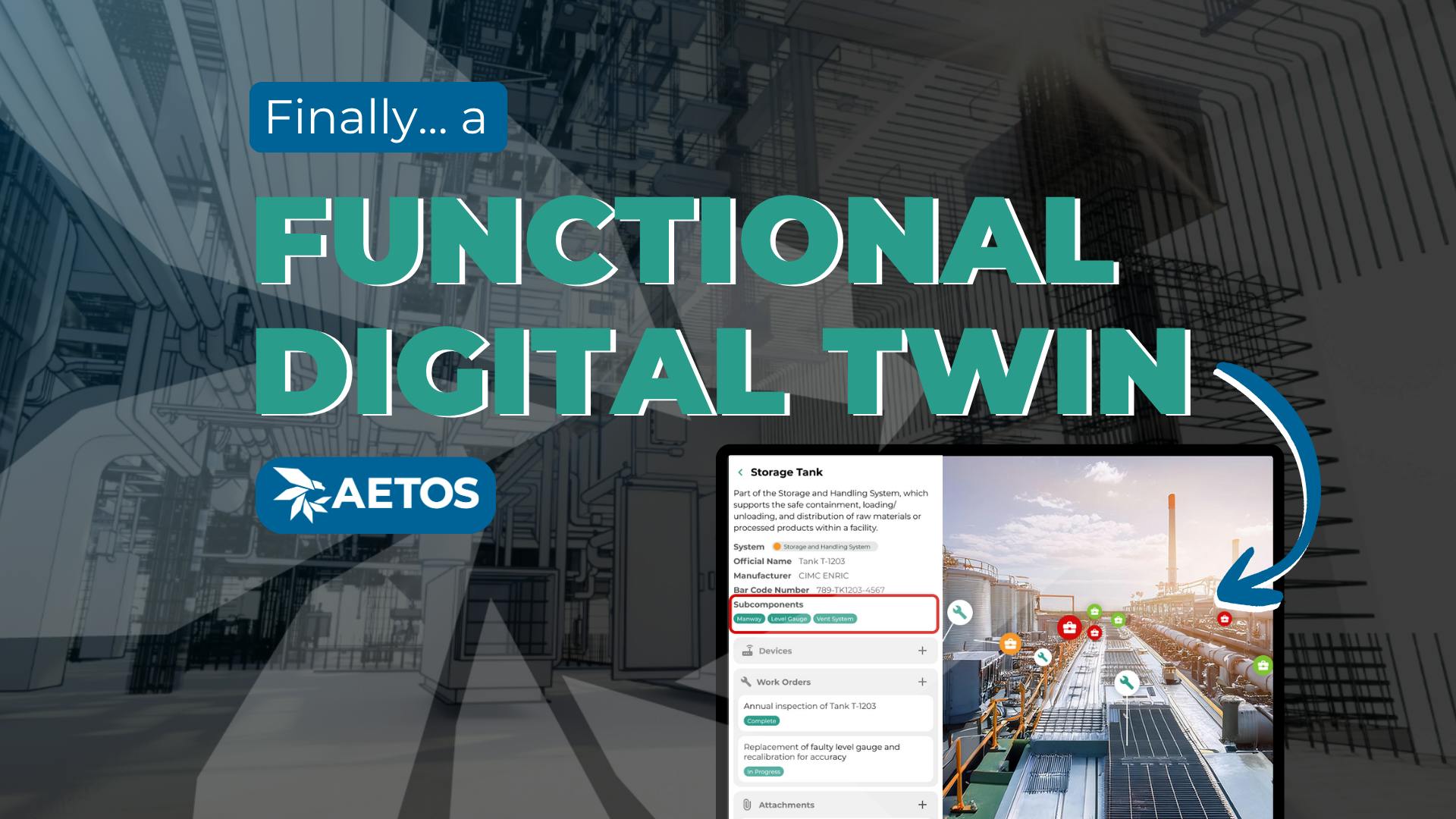
Finally, a Functional Digital Twin.
August 04, 2025
Continue reading ➔
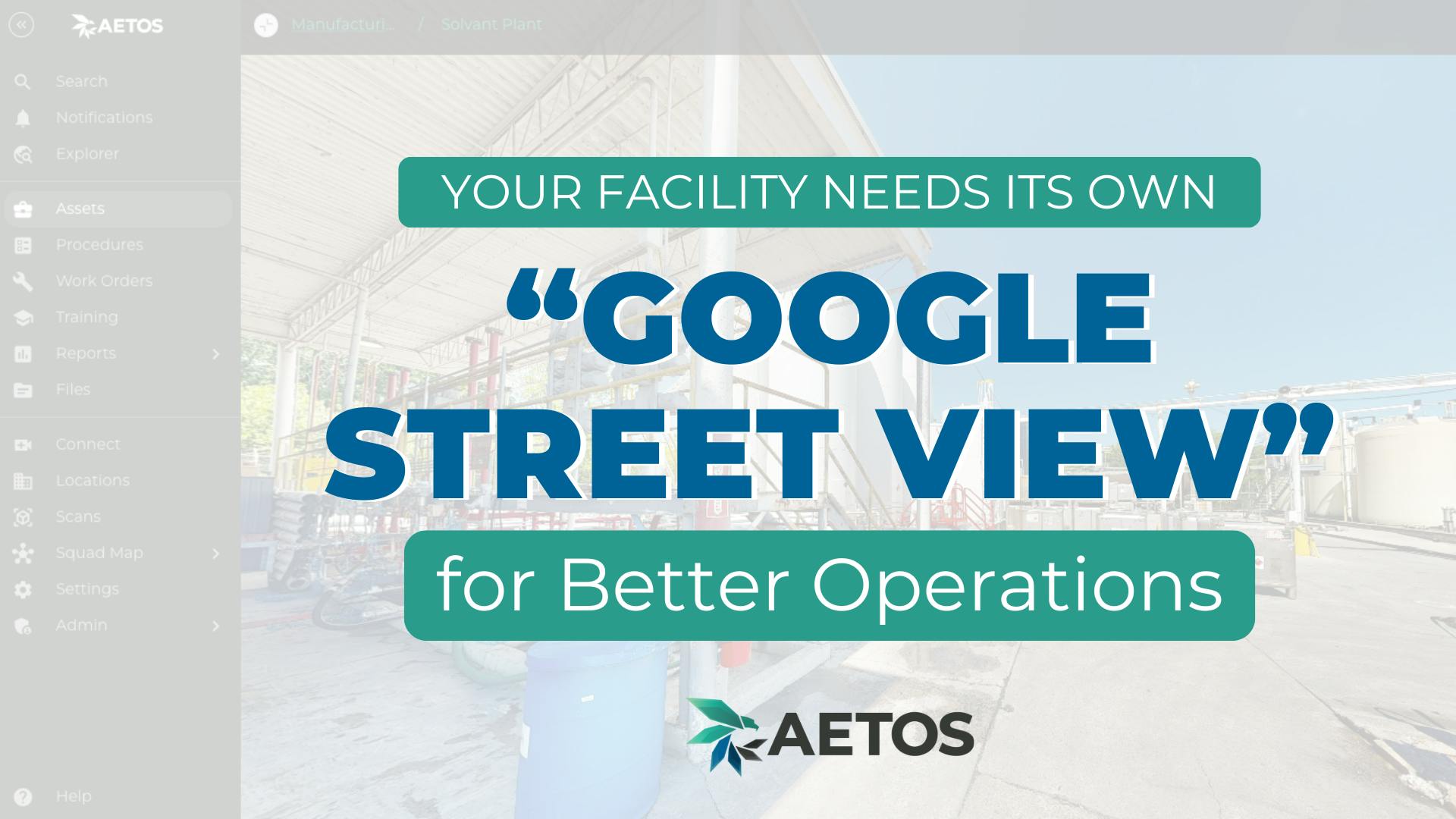
Why Your Facility Needs Its Own “Google Street View” for Operations
July 01, 2025
Continue reading ➔
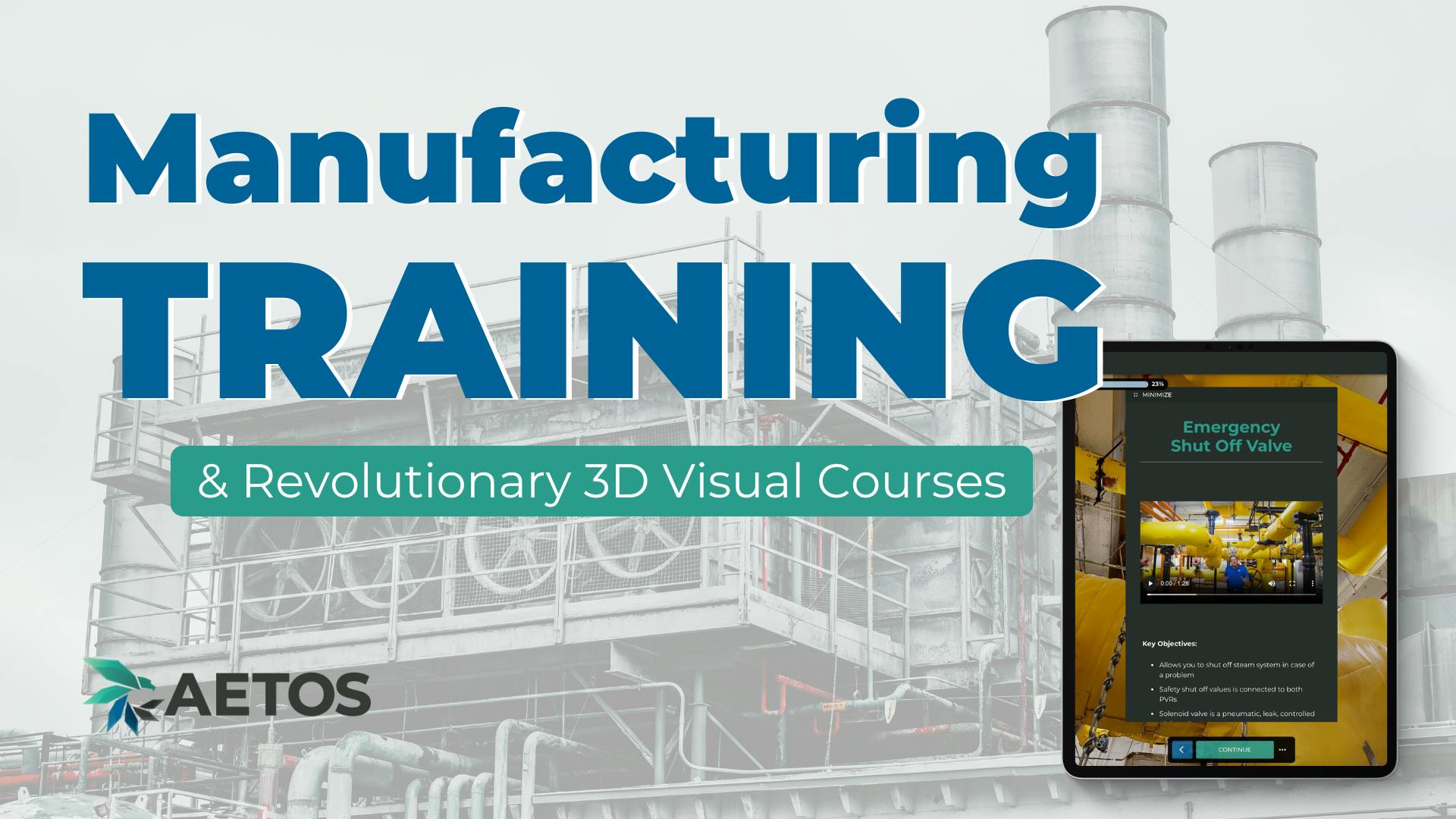
Manufacturing Training: Revolutionary 3D Visual Courses
January 28, 2025
Continue reading ➔
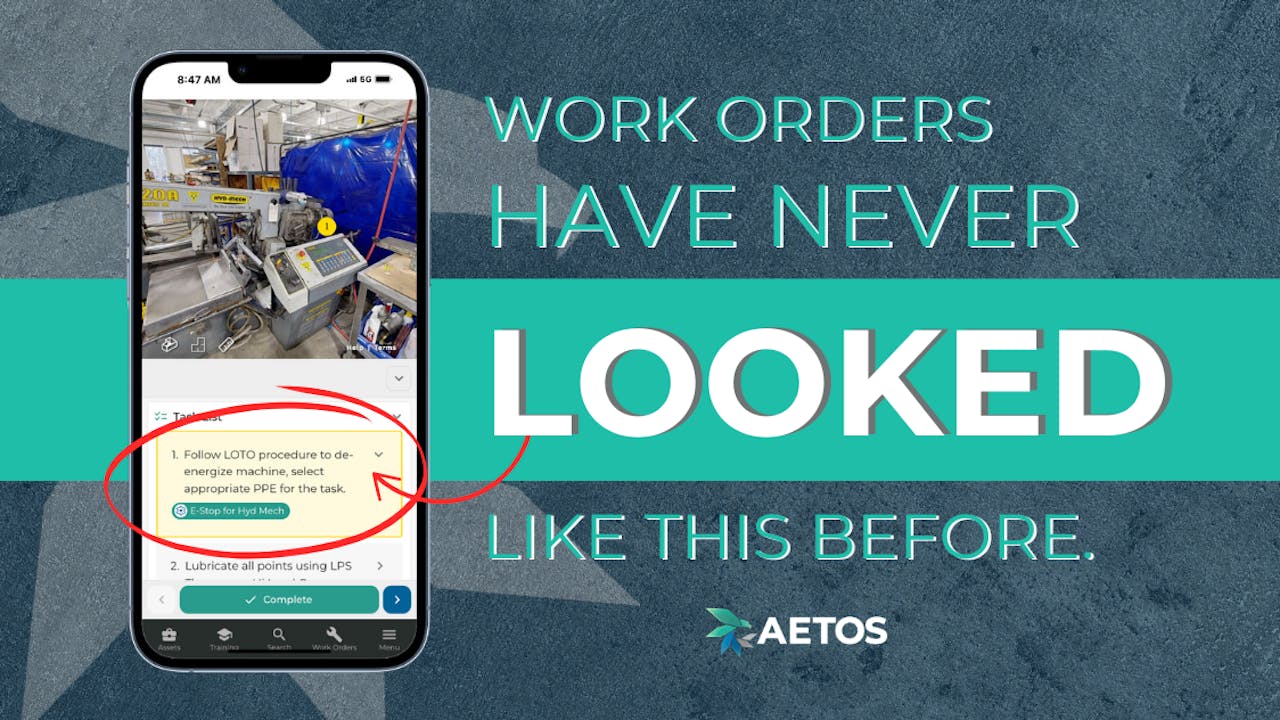
Work Orders Have Never Looked Like This Before
December 06, 2024
Continue reading ➔
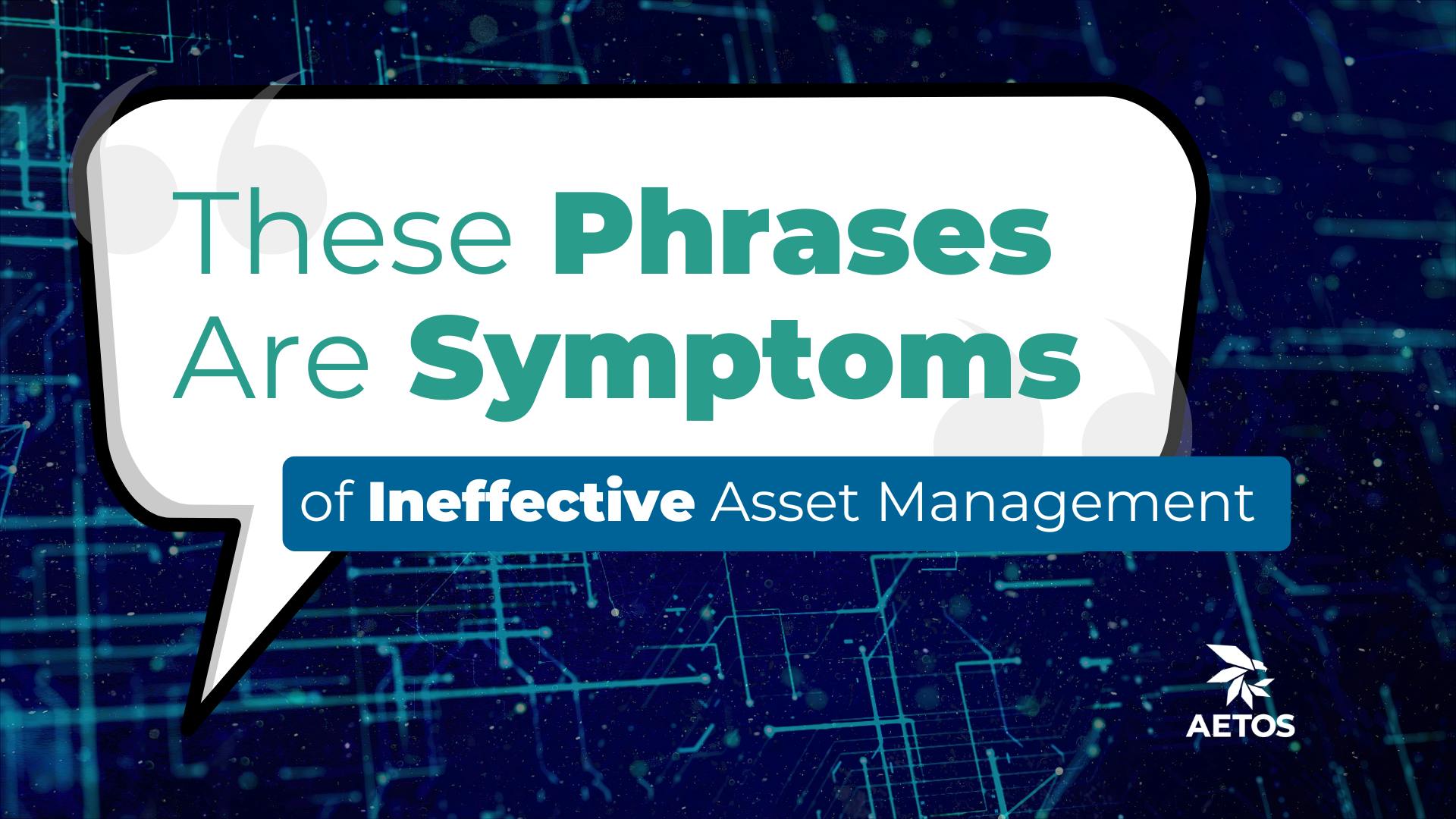
These Phrases Are Symptoms of Ineffective Process Management
October 17, 2024
Continue reading ➔
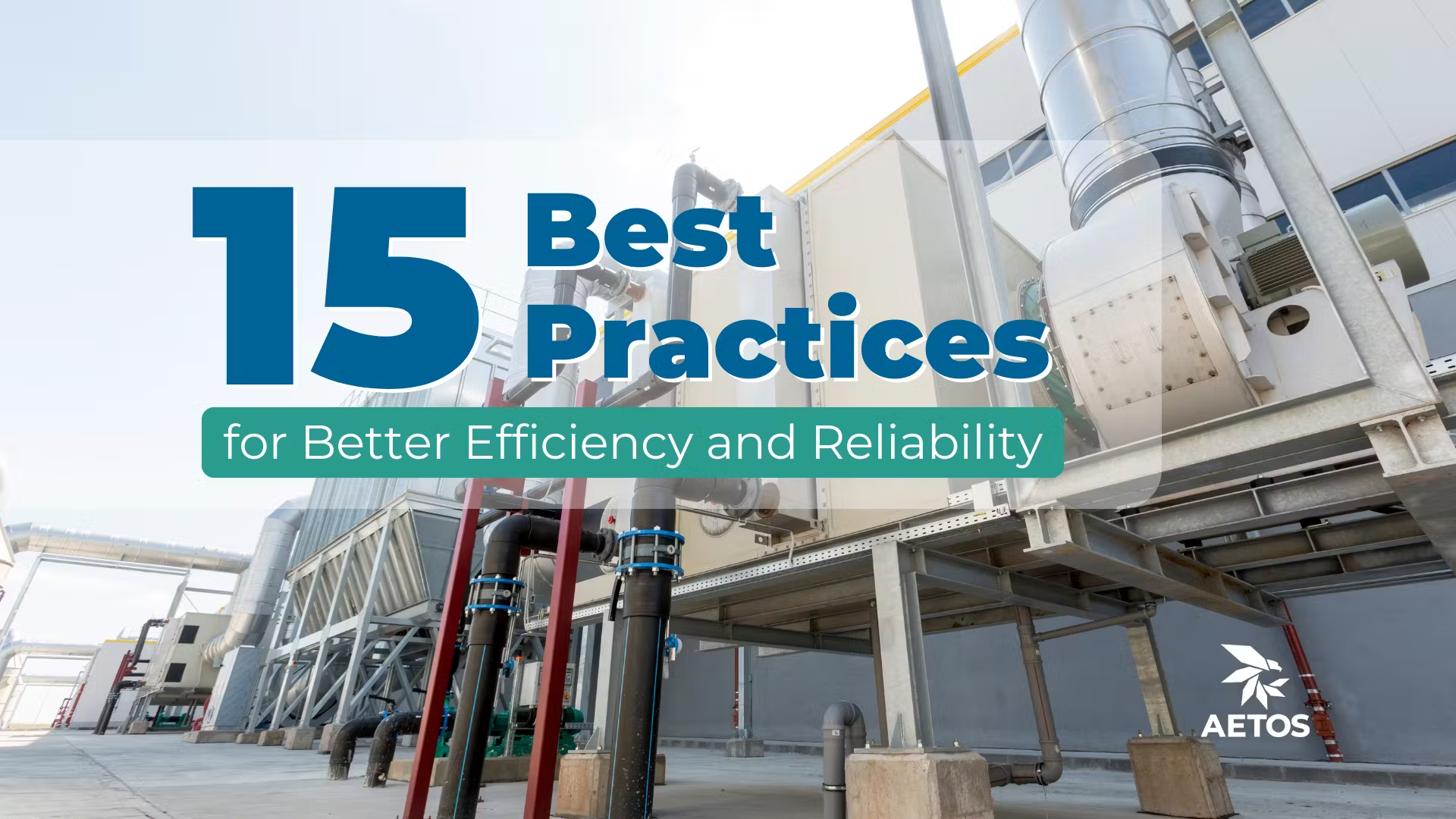
15 Asset Management Best Practices for Better Efficiency and Reliability
September 18, 2024
Continue reading ➔

Illuminate Facility Operations with Efficient Asset Management
August 31, 2024
Continue reading ➔